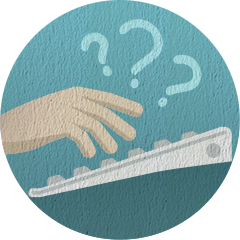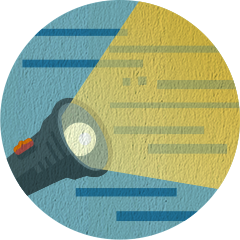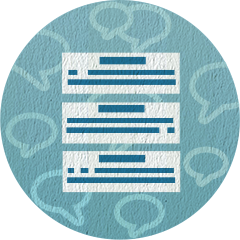Help! Financial accounting problems (Bonds)?
-
I've been working this out for a week and I couldn't find answers. Question A company issued bonds with the following provision: Maturity value: 100,000,000 Interest: 9 percent per annum payable semi-annually each June 30 and December 31. Term bonds dated January 1, 2009, due 10 years from that date. The company's fiscal year ends on December 31. The bonds were sold on January 1, 2009, at a yield of 10 percent. We need to find the following: 1. Compute the issue(sale) price of the bonds. Please can you show the computation? 2. Prepare the journal entry to record the issuance of the boinds 3.Prepare the journal entries at the following dates: June 30,2009; December 31, 2009; and June 30,2010. Use the straight-line method to amortize bond discount or premium 4.How much interest expense would be reported on the income statement for 2009? show how the liability related to the bonds should be reported on the balance sheet at December 31,2009 Thank you so much
-
Answer:
To calculate the Price of the bond, we’ll use the following symbols: (pv1,i,n) = present value of $1 discounted at i%, n periods from the present (pva,i,n) = present value of an annuity of $1 discounted at i%, for n periods The price of the bond is $100,000,000(pv1, 5%, 20) + 4.5%($100,000,000)(pva, 5%, 20) = $100,000,000(0.3769) + 4.5%($100,000,000) (12.4622) = $37,690,000 + $56,079,900 = $93,769,900 Pls use the PV tables attached. 1. Compute the issue(sale) price of the bonds. Please can you show the computation? $93,769,900 (as shown above) 2. Prepare the journal entry to record the issuance of the bonds Dr Cash $93,769,900 Dr Bonds discount $6,230,100 (amortised over 20 interest periods) Cr Bonds payable $100,000,000 (always face value) 3.Prepare the journal entries at the following dates: June 30, 2009; December 31, 2009; and June 30, 2010. Use the straight-line method to amortize bond discount or premium June 30, 2009; December 31, 2009; and June 30, 2010 Dr Interest expense $4,811,505 Cr Bonds discount $311,505 ($6,230,100/20) Cr Cash $4,500,000 ($100,000,000 x 9% x 6/12) The entries are all the same since the payment dates are June 30 and Dec 31 (instead of July 1 and Jan 1) and since the amortization method is straight line. 4.How much interest expense would be reported on the income statement for 2009? show how the liability related to the bonds should be reported on the balance sheet at December 31,2009 Interest in the income statement = $4,811,505 x 2 = $9,623,010 Liability would be reported as face value minus the unexpired bonds discount, so first work out the unexpired bonds discount: Original balance $6,230,100 less amortization June 30 ($$311,505) less amortization Dec 31 ($311,505) Balance at Dec 31, 2009 $5,607,090 Liability would be reported in the balance sheet as $100,000,000 - $5,607,090 = $94,392,910
Ichitaka c at Yahoo! Answers Visit the source
Related Q & A:
- Who are the users of financial accounting information?Best solution by wiki.answers.com
- Why is it necessary for a marketing person to understand accounting and financial information?Best solution by Yahoo! Answers
- The accounting cycle? Help please?Best solution by Yahoo! Answers
- Help with laptop problems, please?Best solution by Yahoo! Answers
- Can I get financial help while living abroad?Best solution by travel.state.gov
Just Added Q & A:
- How many active mobile subscribers are there in China?Best solution by Quora
- How to find the right vacation?Best solution by bookit.com
- How To Make Your Own Primer?Best solution by thekrazycouponlady.com
- How do you get the domain & range?Best solution by ChaCha
- How do you open pop up blockers?Best solution by Yahoo! Answers
For every problem there is a solution! Proved by Solucija.
-
Got an issue and looking for advice?

-
Ask Solucija to search every corner of the Web for help.

-
Get workable solutions and helpful tips in a moment.

Just ask Solucija about an issue you face and immediately get a list of ready solutions, answers and tips from other Internet users. We always provide the most suitable and complete answer to your question at the top, along with a few good alternatives below.